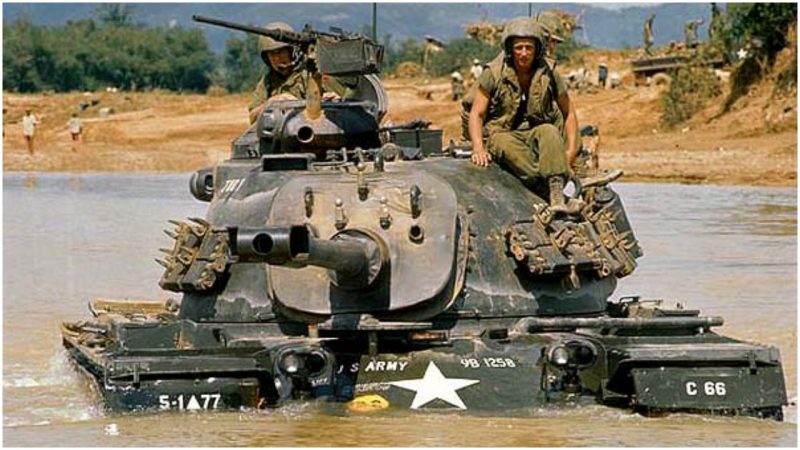Dwight Johnson came from the housing projects in Detroit and became a recipient of the Medal of Honor in Vietnam. Even more noteworthy is that he did so by emerging from his tank to fight with a .45 caliber pistol.
Johnson’s action was not only an interesting story in its own right, a story of courage under fire, but also tells us a great deal about the difficulties of operating in Vietnam, the interplay between small arms fire and armored units, and the difference a single soldier can make.
On January 15, 1968, Specialist Fifth Class Johnson was a tank driver in a quick reaction force. He was moving to support the remainder of his platoon, who were engaging a battalion sized North Vietnamese force. The North Vietnamese quickly immobilized Johnson’s tank with a hit to the track.
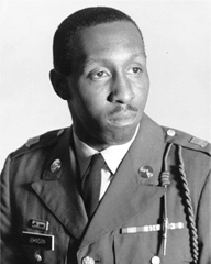
Knowing that he couldn’t drive the tank anymore, Johnson jumped out and engaged the enemy with a .45 caliber pistol. Facing intense hostile fire, he killed several enemy soldiers before he expended his ammunition.
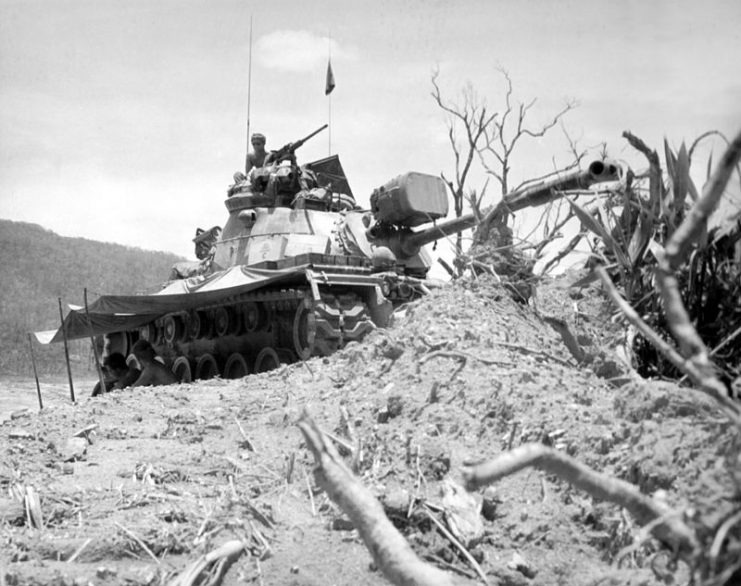
Through a heavy volume of anti-tank rockets, small arms, and automatic weapons fire, Johnson returned to the tank, grabbed a sub machine gun, and continued to attack the advancing enemy.
He approached the center of the ambush site and continued to pour fire into the enemy. By the time he expended all of that ammunition, the enemy was upon him, and he killed an enemy soldier with the stock end of the machine gun.
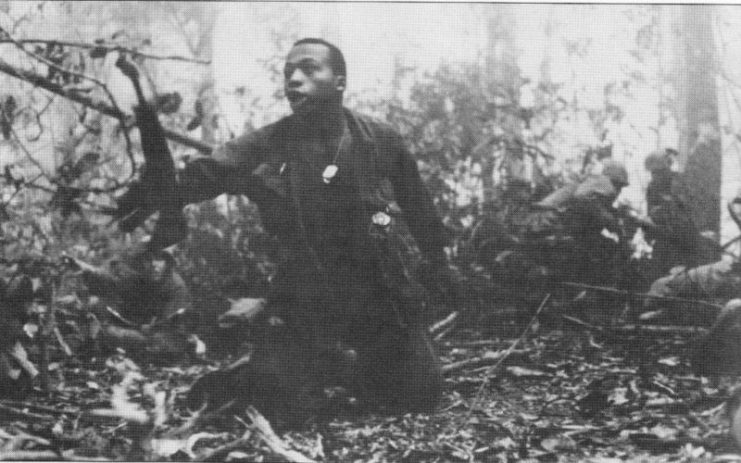
Finding himself without a weapon, Johnson ignored the enemy fire around him and climbed into his platoon sergeant’s tank.
He evacuated a wounded crewmember, carrying him to an armored personnel carrier. He then returned to the same tank and assisted in loading, aiming, and firing the main gun until it jammed.
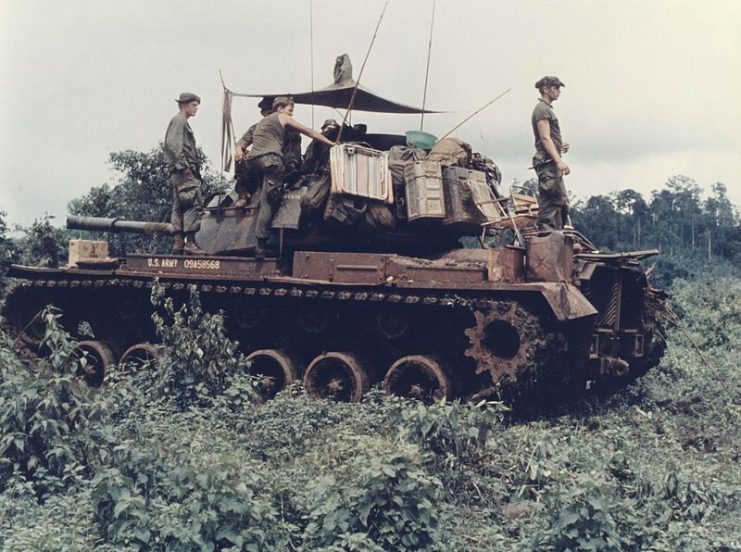
At this point Johnson once again exited the tank with a .45 caliber pistol and engaged the North Vietnamese soldiers swarming the tank.
Then he remounted his own tank and skilfully engaged the enemy with the .50 caliber externally mounted machine gun until the situation was brought under control.
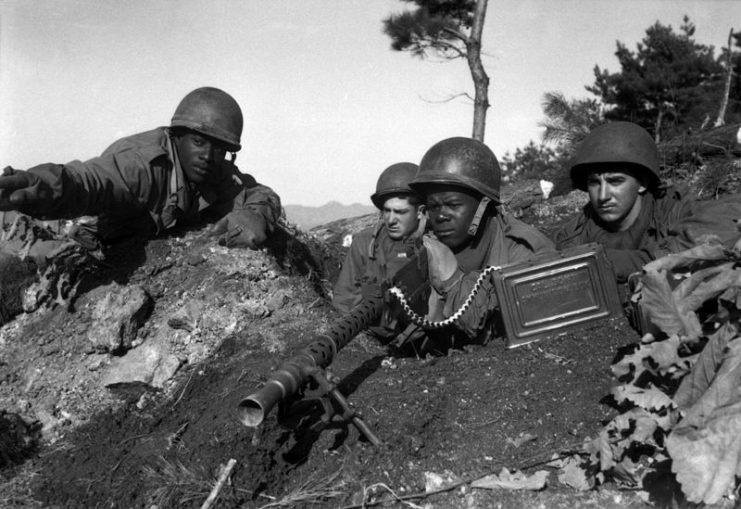
It sounds insane to exit a tank to use a pistol, but an immobilized tank in rough and mountainous jungle terrain is susceptible to infantry and small arms fire. This is a big reason why the tank had an externally mounted .50 caliber machine gun.
The human wave assaults of the North Vietnamese relied upon large numbers of lightly armed soldiers, which suited their relative lack of heavy equipment and large population.
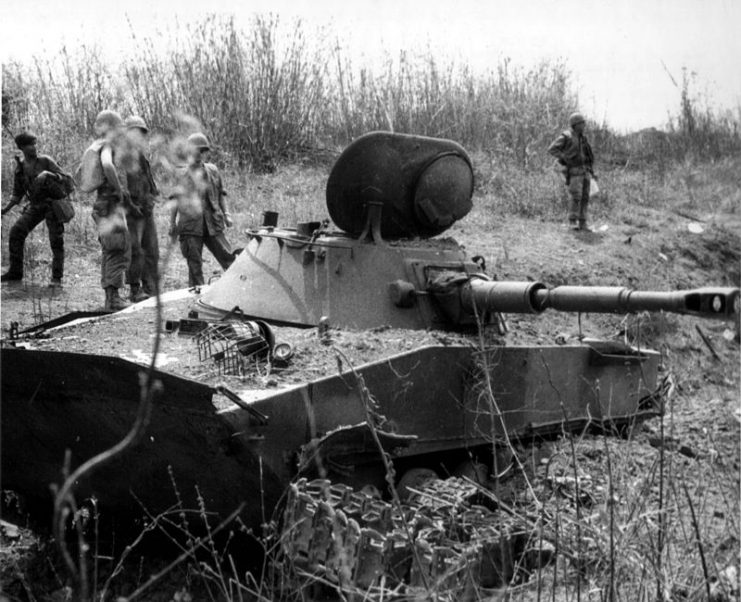
Conversely, it also made aiming rather easy for the tank’s defenders, such as Johnson. Even a pistol could hit quite a few attacking soldiers who often had to get very close to be effective.
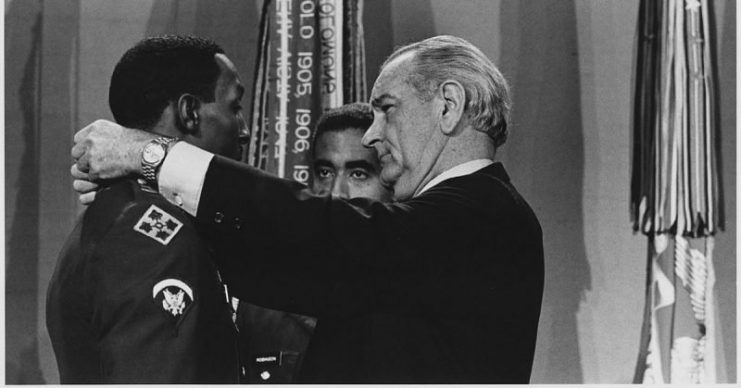
Read another story from us: Chaplain Gave All in Vietnam – Awarded the Medal of Honor
Infantry men are often trained to aim for the tracks of enemy tracks, as those are most vulnerable and can result in a mobility kill.
So it’s not surprising that happened relatively early in the battle, especially with such few roads and areas suitable to mobile warfare in Vietnam.
What the North Vietnamese didn’t count on afterward was the devastating determination of one tank driver with small arms fire.
